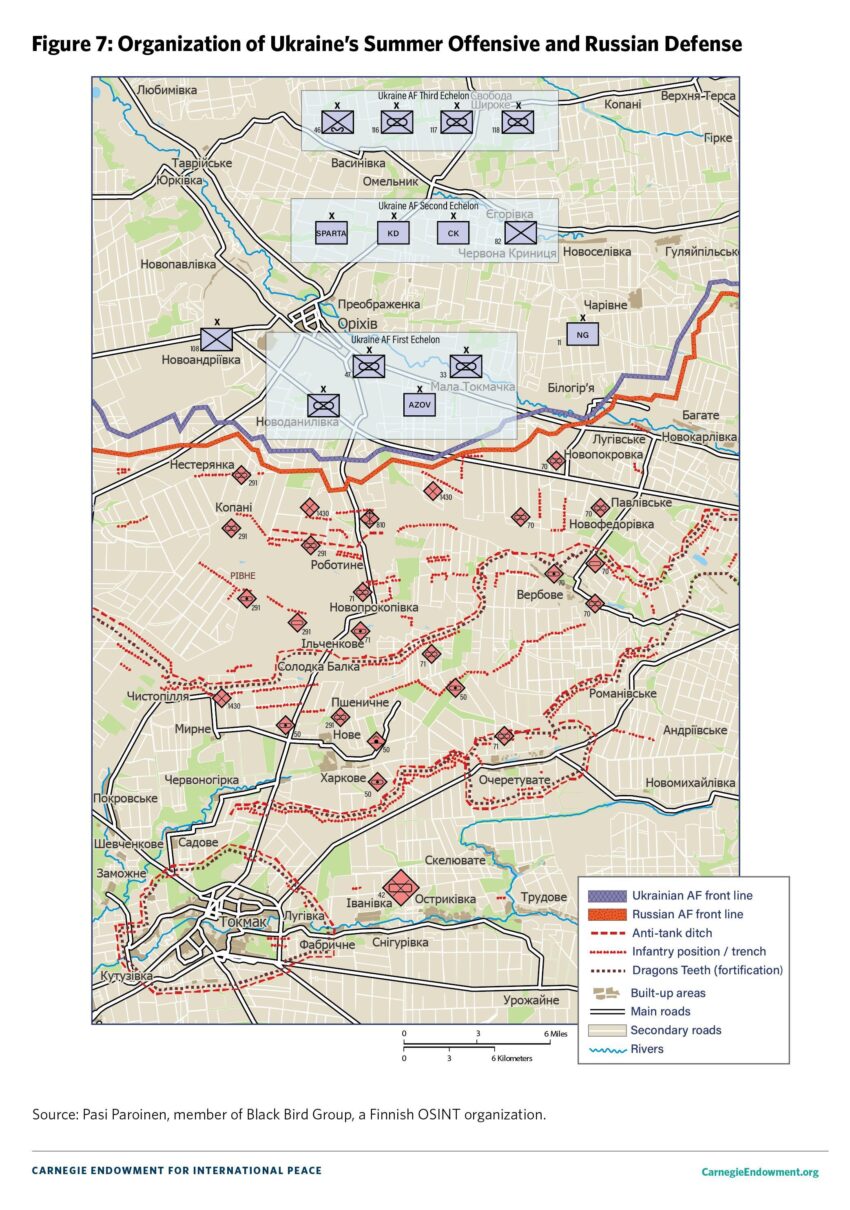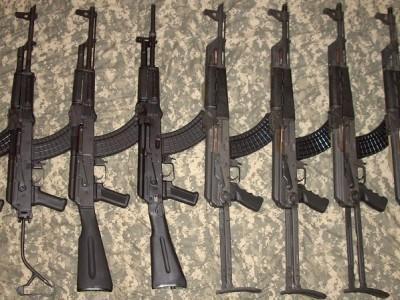Russia’s Historical Resilience
Both of my grandfathers fought against the Nazi invasion in 1941. One returned home after the war, while the other’s fate remains uncertain. He may have been killed, sent into exile in Siberia by Stalin, or even defected to the West. He was among the estimated 28 million Soviets who perished during World War II, a brutal conflict that pushed the Soviet Union to the brink of destruction. The very fact that this nation not only survived but emerged as a global superpower speaks volumes about its resilient spirit, a characteristic that remains integral to Russian identity.
President Vladimir Putin has brilliantly harnessed this deep-seated legacy to rally public support for the ongoing war in Ukraine. By evoking themes of sacrifice and endurance reminiscent of the Soviet victory in World War II, he has tapped into a powerful narrative that resonates with many Russians. This connection to historical hardships amplifies the resolve of the Russian people, framing the current conflict as a continuation of their historical struggle against oppression.
Adapting through Adversity
Russia’s military history reveals a pattern of absorbing early losses and adapting strategies effectively. For instance, during the grueling Siege of Leningrad, which is now known as St. Petersburg, Soviet forces displayed remarkable endurance under severe conditions. They also fought fiercely at Stalingrad, a battle noted for its unprecedented brutality and staggering loss of life, with nearly two million casualties over just five months. This battle was crucial; Stalingrad’s proximity to Baku, home to critical oil reserves, made it a strategic target for Nazi Germany, whose failure here marked a turning point in the war.
The lessons from history are echoed in Russia’s military strategies during the ongoing conflict in Ukraine. In the early days of the invasion, Russian forces sought a rapid victory, targeting Kyiv with the hope of a swift takeover. However, they faced fierce resistance, particularly from Ukrainian forces employing drone strikes that devastated Russian armored columns. This setback led Russia to reevaluate its approach, swiftly ramping up drone production to adapt to the emerging tactics of asymmetrical warfare.
The Shift in Warfare Tactics
By the end of 2022, reports indicate that Russia could produce almost a million drones, showcasing a significant shift in its military capabilities. These drones are being utilized in increasingly complex operations, combining missiles and decoys to overwhelm Ukrainian defenses. This adaptation has transformed the battlefield dynamic, enabling Russia to regain momentum despite earlier losses.
In contrast, NATO countries have struggled to match Russia’s rapid pace. The production of ammunition in Europe and the United States has not kept up, leaving the alliance at a disadvantage. NATO Secretary General Mark Rutte recently highlighted this issue, noting that Russia’s ammunition production now surpasses that of NATO over an entire year within just a few months. This growing gap could have significant implications for the broader conflict.
Strategic Risks and Global Implications
Some Western analysts believe that extending the war could weaken Russia over time. However, this perspective is fraught with strategic risks, particularly if it distracts NATO from potential threats elsewhere. China is observing the situation closely. If Beijing concludes that the U.S. and its allies are overly occupied with Ukraine, it might see an opening to act on its ambitions regarding Taiwan.
To prevent Russia from gaining a significant advantage and to mitigate these broader geopolitical risks, NATO must take swift action. This involves ramping up ammunition production to ensure Ukraine’s defensive capabilities remain robust, enhancing air defenses, and intensifying efforts to disrupt Russia’s drone production capabilities. Expanding sanctions on countries trading with Russia could further tighten the economic noose around Moscow.
A Call for Strategic Consideration
While it’s essential for Ukraine to defend itself vigorously, the West must also approach the conflict with a strategic mindset regarding its conclusion. Russia’s ability to learn from its early setbacks signals a willingness to prepare for a protracted struggle. As military dynamics continue to shift in favor of Russia, there is an urgent need for NATO to respond decisively.
The longer the conflict endures, the greater the opportunity for Russia to refine its military efficiency. At the same time, this situation could increase China’s incentive to leverage NATO’s distractions to further its own strategic interests, particularly in Taiwan. Addressing these complexities requires close coordination and proactive measures from Western nations to ensure stability, not just in Ukraine, but globally.







